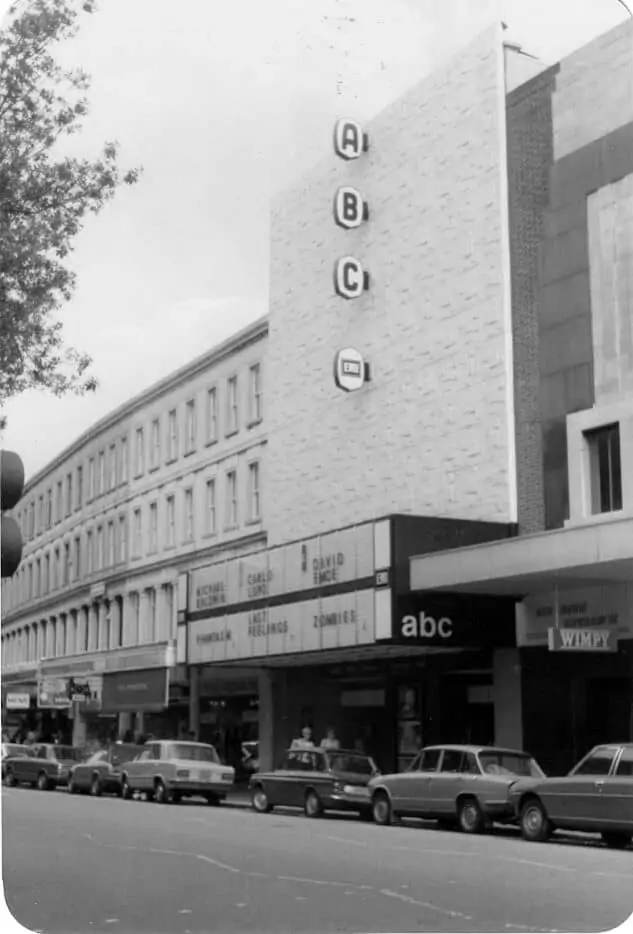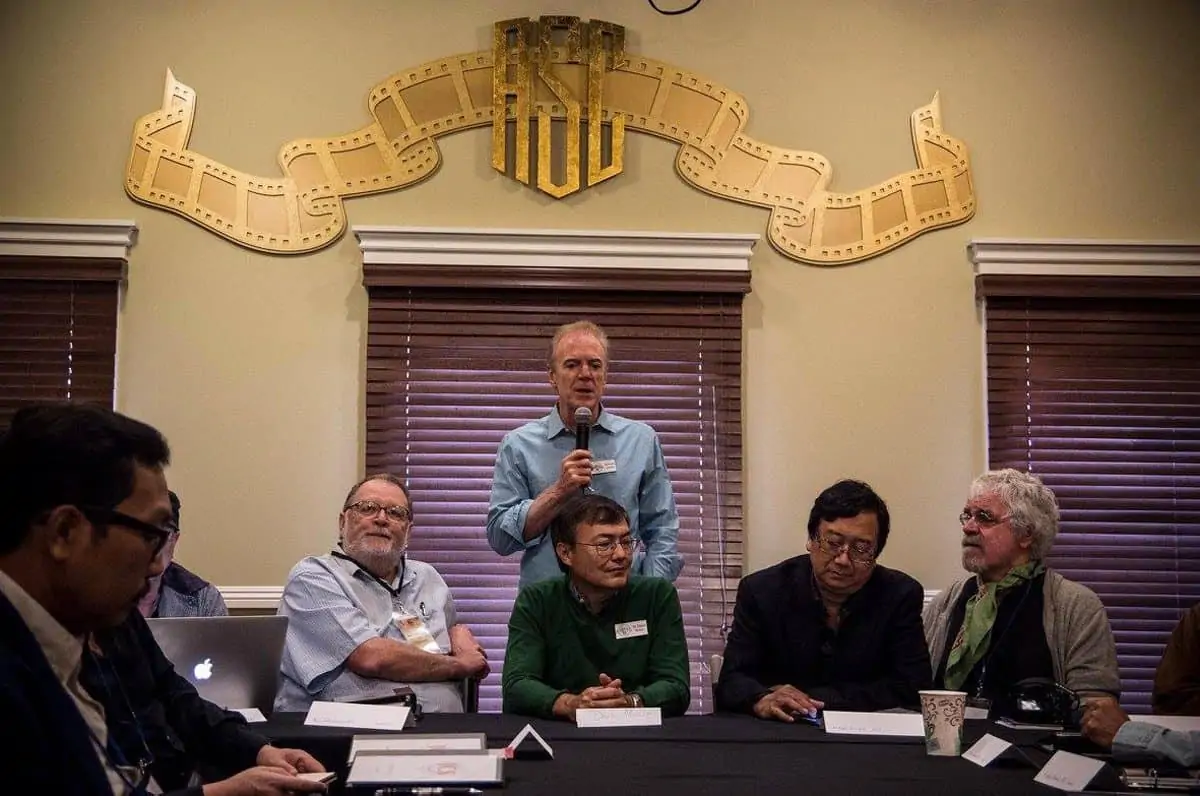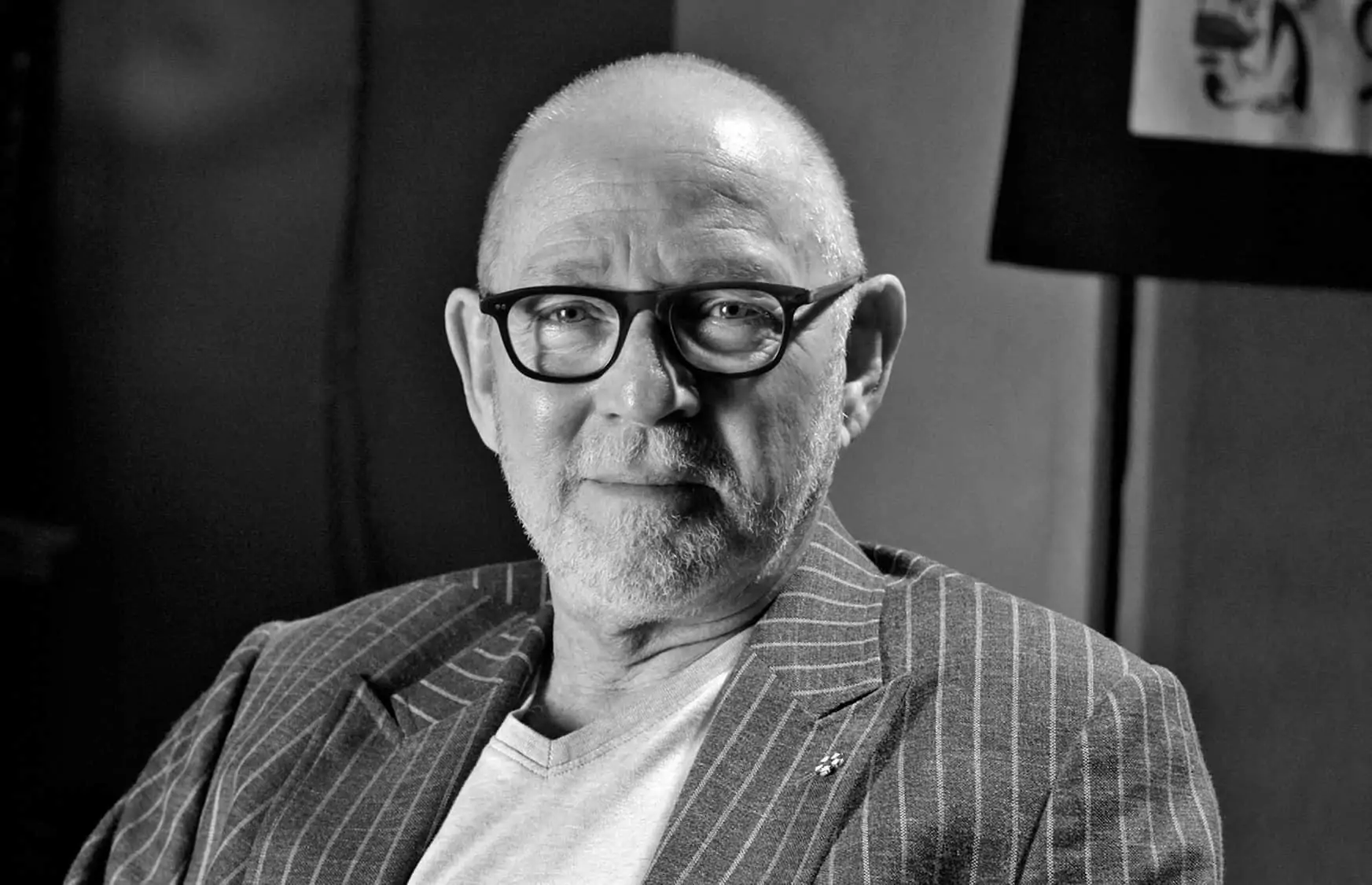End Of An Era
Letter from America / Roy H Wagner ASC HFRPS

End Of An Era
Letter from America / Roy H Wagner ASC HFRPS
Roy H Wagner ASC HFRPS argues that if we want better films, then we must re-embrace the need for communal filmmaking and recreate the provincial voices that told great stories.
What would you do with all that vacant real estate at any studio if you got rid of all the "heavy breathers"; those people who have nothing to do with the creation of a television series or motion picture? The major studios – from their inception through to the corporate consumption of the 1970s – made a minimum of 50 films a year at each of these giant facilities and now, with the miniaturisation of crews, equipment and transport, we must tear down facilities for making films so that we can hire more and more people to talk about making fewer and fewer films. Studio management goes into chaos mode if more than one company moves onto the lot. There’s no room to put them. More parking lots, fewer sound stages!
We are finally at the end of an era. An era that we forestalled in the late ‘60s and early ‘70s with the advent of independent thought and freelance filmmaking.
After Easy Rider (1969, DPs László Kovács & Baird Bryant), and other legendary low-budget projects made outside of the system, studios raced to the unemployment centres to embrace any new thinking filmmaker. It worked for a while. There was money for everyone. They even found enough money to pay their filmmakers.
Today nobody can afford to do business with the studios. Profit margins appease the stock market and the boards of the great and mighty monoliths. Billionaires seek aid from the poor citizens of states and cities they cannot afford to hire. In order to help the collapsing profit margins workers are required to wave previous agreements, forget expectations based upon successful previous ventures, and the hope to maintain homes and lifestyles in their personal communities.
Business partners in the community – those who’ve furthered the science and industry of this great technological invention – must continue to invent, develop, test and produce revolutionary equipment and processes, without hope of ever recovering their costs.
The digital revolution, seemingly great for filmmakers for the immediate future, will ultimately be destroyed at the hand of cost-cutting. We will see the end of that technological revolution. Many manufacturers and vendors are forced to close their doors. How can they possibly afford to negotiate equipment costs and rental rates at progressively declining rates?
What's going to happen with the various new cameras from different manufacturers? Vendors can’t afford to pay-off last month’s new technology. We’re going to see the same thing happen in production that occurred in post production. Facilities could not stay in business to keep up with their equipment leases.
There is a grave issue, a reality that will only become an issue when upper and middle management are personally faced with the consequence of their choices. With their management plans based upon their length of contract, a common conversational thread speaks to only what is of value during those terms. It’s some other executive’s problem after their term.
How many studios have vaulted only the “masters” from their television shows, discarding the original material? If film has been shot, to my knowledge, the final project does not produce a cut negative. The digital master is the only thing that exists. What happens to the outtakes, the printed takes that are, for the most part, just rolled up into the rejected material?
As for digital assets most of these projects have no “ins and outs” since the cameras often run continuously. Studios can’t afford to make YCM protections of all the footage because printed takes are not isolated. Do we store the hard drives, computers, tape decks, heads and accessories until we find a solution? This begins to smell like the old days where camera negative had no value after the first run of the film or series. How many of our classic films’ camera negatives exist? The three strip Technicolor negative does not exist for Singin’ In the Rain. How many more?
The millions of preservation dollars that have been spent to stabilise and restore our assets at 2K, 4K, 8K is a stopgap approach. It is not a final solution. Colour space and proprietary signature capture is changing rapidly. In the years to come asset protection will become the biggest part of the motion picture industry.

"We are at the end of an era. If studios want to be in the motion picture business they are going to have to invest in the community... You want to make movies? Put your money where your mouth is."
- Roy H Wagner ASC HFRPS
We are at the end of an era. If the studios want to be in the motion picture or television business they are going to have to invest in the community. Technologists, equipment manufacturers and vendors, and personnel (the artists and artisans) have been financing the industry's cavalier approach to filmmaking. They would continue to do so, but the bottom line has finally reached their bottom line.
This is a multi billion-dollar industry. You want to make movies? Put your money where your mouth is. Don't expect a state to co-venture, a camera rental facility to give away their inventory for two cents on the dollar, and employees to wait until you decide to come back to the community to make films because you can plunder another impoverished country’s workers stealing their ethnic and unique voice in order to make another “tent pole” production. When you go to those unique communities you only hire the worker. The unique voice, the artist that communicates the culture, history, and diversity of that community is not hired. Think, where are the great Australian, British, French, Italian, Spanish, Japanese, Philippine independent voices? There are a few, very few! I recall a very dear friend of mine, an Australian director, bemoaning that he could not get his government to invest in his Australian films because of their desire to invest in “American” product at their studios
One could agree that beneath the need to be profit-motivated, the bottom line requires that we maintain a higher standard of technical and esthetic product. International films had a unique signature based upon their communal legacy. That's gone. I can't imagine it returning. The unique voices of every community we use to take advantage of low wages or tax assistance to make Hollywood films have been muted. We have Wal-Marted filmmaking. Thus, we have the most sophisticated equipment we've ever had, most talented pool of artists ever, highest educational level in all departments and yet we cannot make consistently good films!
We must re-embrace the need for communal filmmaking, recreating the provincial voices that told all of our great stories. From writer, director to production team we must assert the need to bond together to tell those stories that say who we are, where we’ve come from, what are our aspirations and failures.
Think of any great filmmaker or great film from our past and you will find that communal bond. It’s not about what camera we use. It’s about what’s in our minds and hearts. That’s what our audience still wish to see – films about us, our characters, and how they resolve their lives.










